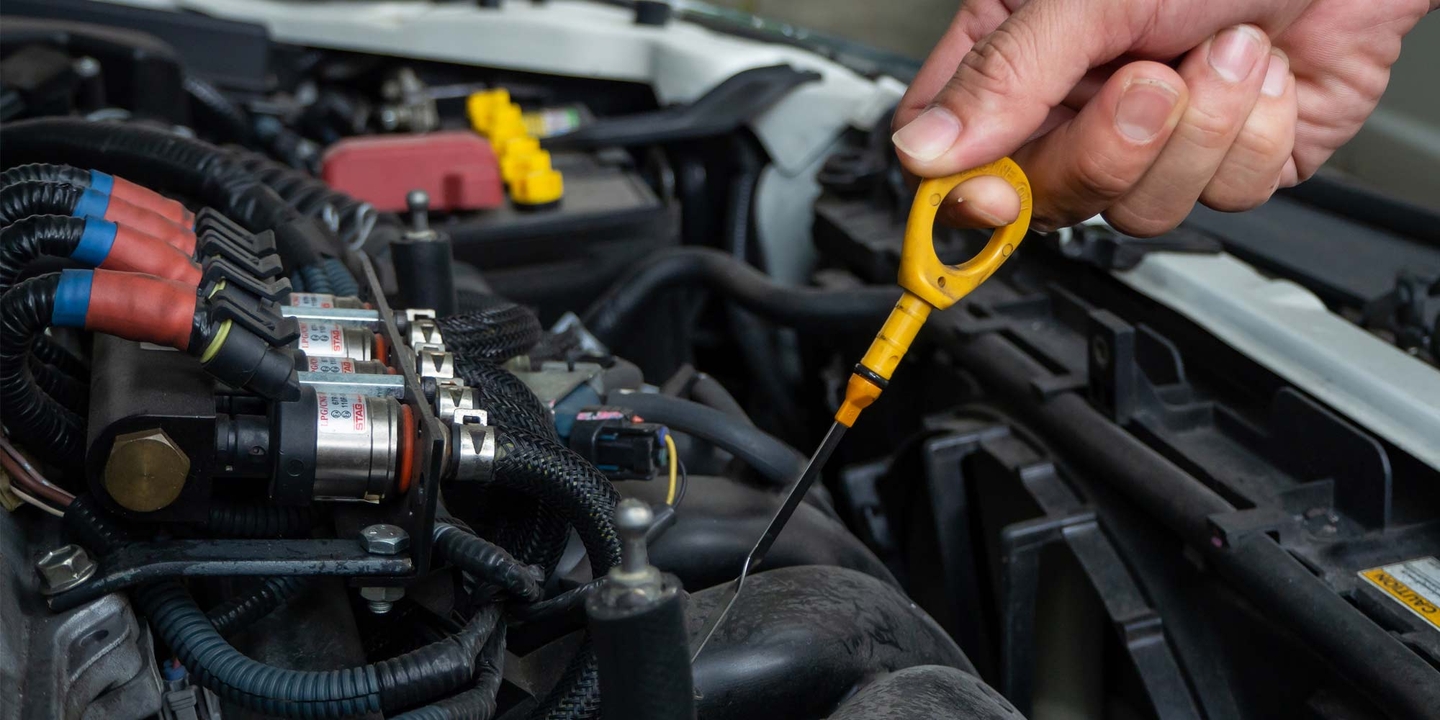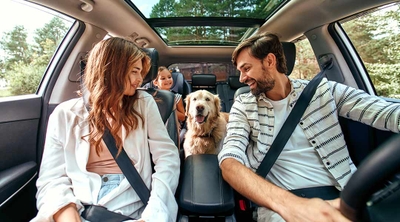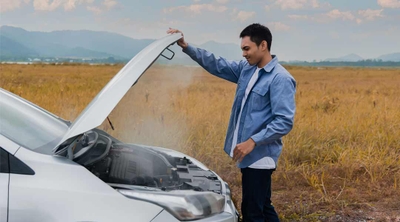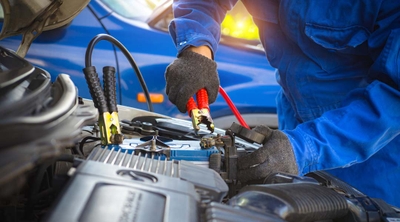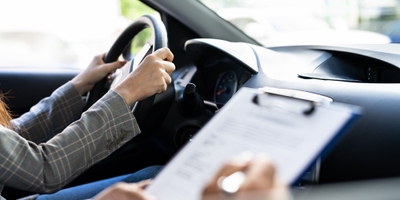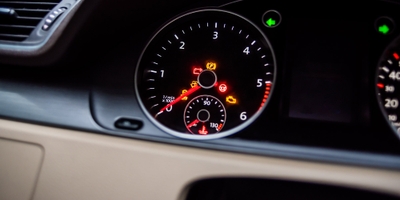How to improve gas mileage
3 min read
Getting more miles out of a tank of gas can help your wallet, particularly when gas prices surge at the pump. Older cars tend to be less fuel efficient, which impacts how often you must fill up your tank. If you can’t trade-in your gas-guzzler for a more efficient electric or hybrid car, you can still follow some easy tips to get better gas mileage.
Ways to improve gas mileage
1. Get a tune-up
Dirty oil, clogged air filters, and plugged fuel filters can reduce your car’s fuel economy. Find a good mechanic and get a tune-up.
In this vein, ensure you address check engine lights quickly. Most parts stores will pull the code for you for free, and many of the problems this light can indicate can mess with your miles per gallon. A faulty oxygen sensor, EGR valve, or fuel injector can lessen your fuel economy as well.
2. Don’t speed
If you’re driving on the highway, everyone is speeding, and you might struggle to keep up. Don’t. Driving faster makes your engine work harder, burning more fuel. Increasing your speed from 55 to 75 miles per hour, increases your chances of getting a ticket—and lowers your fuel economy by up to 20%. Drive slower where it’s safe to do so. You will end up with better gas mileage, and your wallet will thank you the next time you fill up.
3. Use fuel additives
You might not need an octane booster, but fuel-cleaning additives can help improve your gas mileage. Use one of these products on your next trip to the gas pump to help keep the sediments and impurities that accumulate in your tank from clogging up your fuel injectors.
4. Watch your RPMs
How often do you look at your car’s tachometer? This gauge tells you how many RPMs, or revolutions per minute, your engine generates. Keeping that number low—below 3,000 RPMs where possible—can help improve gas mileage because you’re not burning as much fuel. Many cars have an eco-mode, automatically preventing the engine from accelerating too quickly and revving too high. Using it every time you drive can help you get better gas mileage.
5. Keep moving
You burn more gas when you’re idling or during stop-and-go driving than you do while you’re moving. If you’re stuck in a traffic jam, you’re better off shutting the engine down and restarting it when you start driving again if you want to save fuel. A good rule of thumb? If you’re going to be idling for more than 10 seconds, turn off your engine.
6. Use cruise control
Most modern cars have cruise control. Use it if you’re on a highway or anywhere that doesn’t have much stop-and-go traffic. Using cruise control keeps you at a steady speed, so you’re not burning more fuel by accelerating or decelerating.
7. Check your tire pressure
Keeping your tires inflated properly and checking tire pressure is essential. Not only does it ensure the tires can properly grip the road and provide traction, but it also will help improve gas mileage. Underinflated tires can lower your fuel efficiency up to 3%, which adds up quickly if you’re driving a lot between fill-ups. Keep a pressure gauge in your glove compartment and check your owner’s manual or the sticker in your door jamb to determine your vehicle’s recommended tire pressure.
If you’re driving an older vehicle, it might be worth considering an upgrade if you spend a lot of money on gas. A more fuel-efficient vehicle, whether it’s a gas or diesel car or a plug-in hybrid vehicle, will automatically have better gas mileage and help you save money at the pump.
